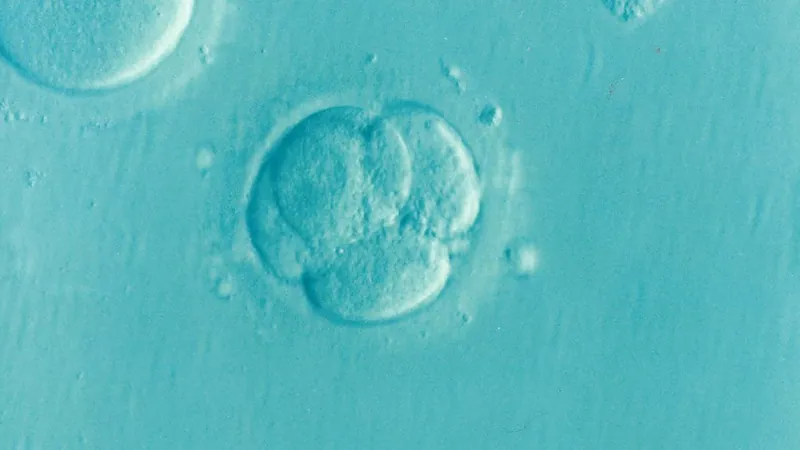
Unlocking the Secrets of Life: How Cells Came Together to Form Animals!
2025-06-17
Author: Michael
The Fascinating Journey from Cells to Complex Animals
From the tiniest sponges to the majestic whales, animals are constructed from countless cells—ranging from a few thousand to trillions—remarkably similar at the genetic level. These cells weave together to form diverse tissues and organs like muscles and senses, but they all share one crucial element: the germline, responsible for producing sex cells needed to carry on the species.
A Scientific Mystery: The Evolution of Multicellularity
Despite knowledge of cell adhesion—how cells stick together—scientists have struggled to pinpoint how multicellularity evolved in animals. Proteins related to this process originated in single-celled organisms long before animals roamed the Earth.
New Breakthroughs from the University of Chicago
A groundbreaking study from the University of Chicago drops a tantalizing hint about how modern animals became multicellular. Researchers focused on proteins derived from the genomes of various animals and their close ancestors, revealing a more advanced mechanism in cell division. This innovation was tied directly to forming multicellular tissues and the all-important germline.
Michael Glotzer, Ph.D., a leading figure in the study, states, "The early evolution of animals likely began with the ability of cells to remain interconnected during division, laying the groundwork for germline formation. These proteins have been key to both multicellularity and germline creation—two defining traits of the animal kingdom."
Understanding the Process of Cell Division
Cytokinesis, or cell division, is the process through which a cell splits into two daughter cells. The proteins involved have existed since before the emergence of multicellular organisms over 800 million years ago. Glotzer has delved into this process for decades, focusing on how animal cells determine where to divide.
The research highlights three critical proteins—Kif23, Cyk4, and Ect2—that work together to form a stable structure called centralspindlin, crucial for establishing the direction of cell division while simultaneously enabling connections between new daughter cells.
Germline vs. Somatic Cells: The Big Difference!
Not all cells serve the same purpose. Somatic cells help build various body organs and systems but do not get passed to the next generation. In contrast, germline cells can transform into any cell type, undergoing genetic recombination for diversity.
A Deep Dive into Animal Genomes
With a wealth of genomic data available, Glotzer set out to confirm the presence and conservation of the three key proteins across all animals. His findings revealed that these proteins are indeed present throughout the animal kingdom, suggesting they have remained unchanged for hundreds of millions of years.
When examining single-celled organisms closely related to animals, Glotzer also found similarly structured proteins in choanoflagellates. While different from centralspindlin, some of these proteins allow incomplete cytokinesis, hinting at early mechanisms for multicellularity.
A Genetic Twist That Changed History!
Glotzer speculates, "The ability for cells to halt just before division might have catalyzed the evolution of multicellular life. A mutation that disrupted the assembly of centralspindlin initially led my team to discover these proteins over 25 years ago, and now it appears this very same genetic change was pivotal in the evolution of life itself. Remarkable!"
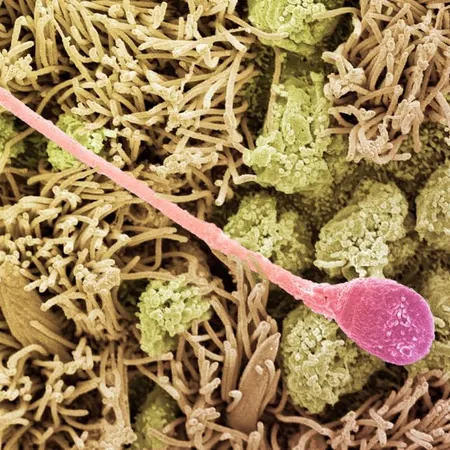

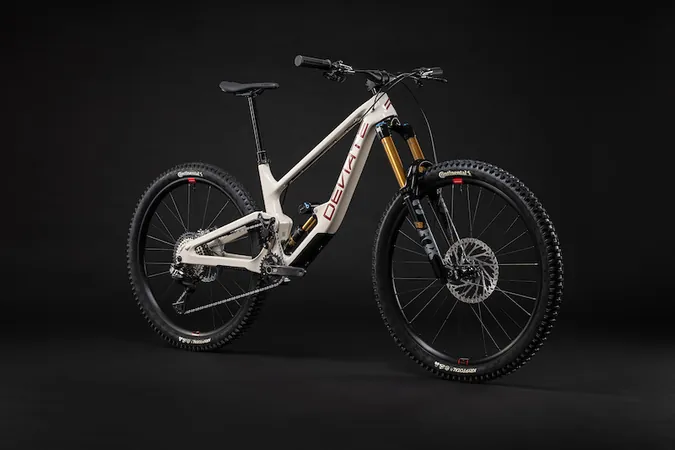
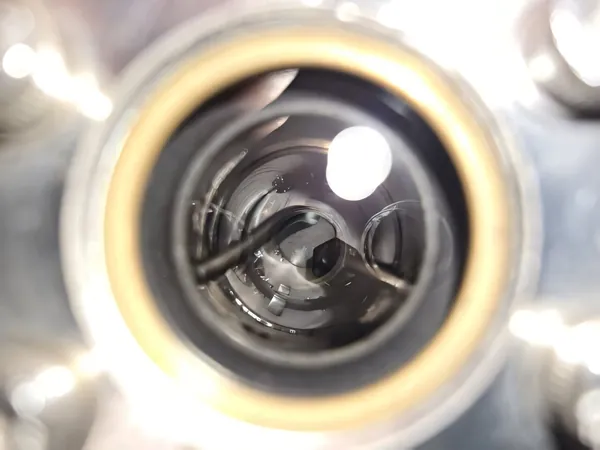
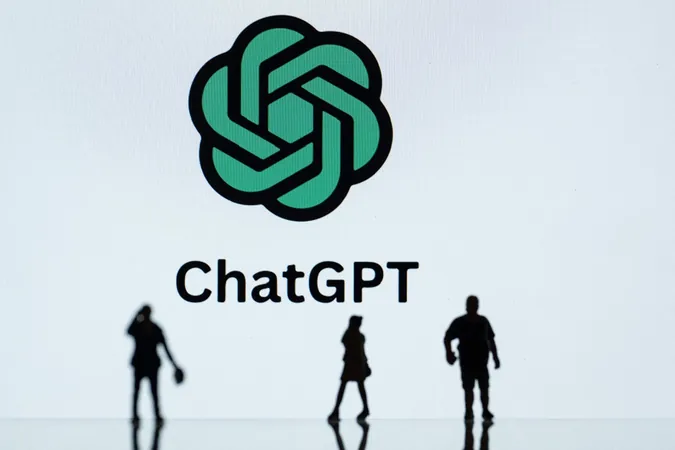

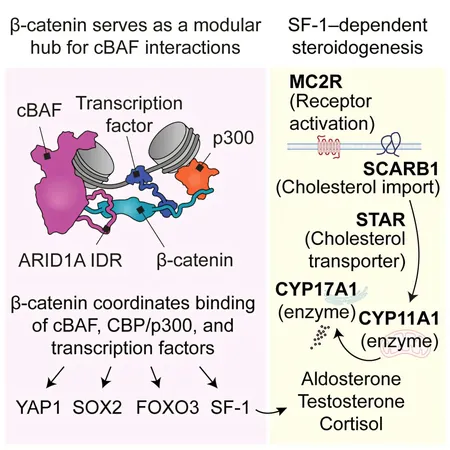
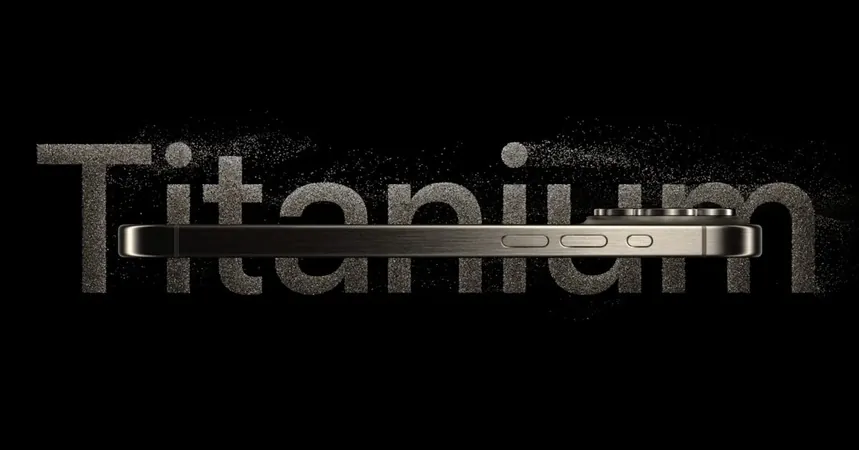

 Brasil (PT)
Brasil (PT)
 Canada (EN)
Canada (EN)
 Chile (ES)
Chile (ES)
 Česko (CS)
Česko (CS)
 대한민국 (KO)
대한민국 (KO)
 España (ES)
España (ES)
 France (FR)
France (FR)
 Hong Kong (EN)
Hong Kong (EN)
 Italia (IT)
Italia (IT)
 日本 (JA)
日本 (JA)
 Magyarország (HU)
Magyarország (HU)
 Norge (NO)
Norge (NO)
 Polska (PL)
Polska (PL)
 Schweiz (DE)
Schweiz (DE)
 Singapore (EN)
Singapore (EN)
 Sverige (SV)
Sverige (SV)
 Suomi (FI)
Suomi (FI)
 Türkiye (TR)
Türkiye (TR)
 الإمارات العربية المتحدة (AR)
الإمارات العربية المتحدة (AR)